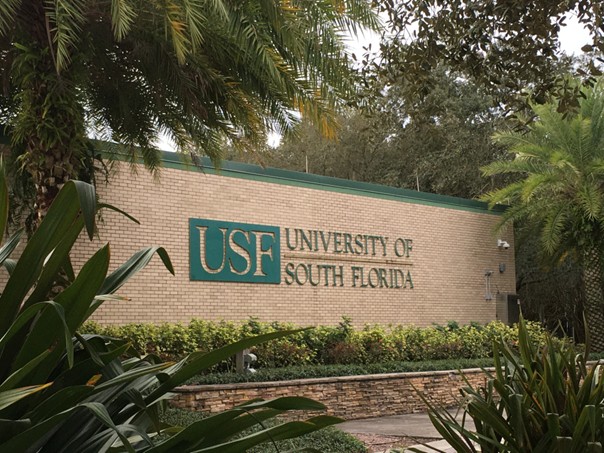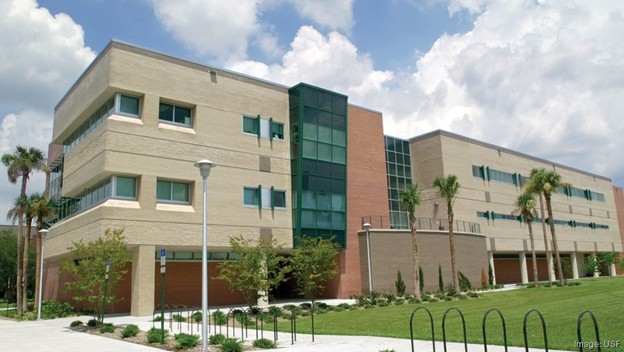What started as an idea from a dean at the local college USF that he shared between three other men, turned into negotiations with the Pentagon. How it got to that point was a long journey of planning, problem-solving, and communication. To start, though, we must go back to 2021.
In 2021, the four men had gotten in contact with higher-ups with their idea that made it to the US Central Command (CENTCOM) resulting in a contract being drawn between the two. USF was awarded the opportunity to host a series of conferences related to the Great Power Competition (GPC). These conferences would be between the United States, China, and Russia, discussing diplomacy, politics, economics, security, and the overall stability of countries. Over the past years, USF has continued to host, giving time to strengthen their relationship. This showed later in 2022 when the USF NSHDN was created.
When CENTCOM lost their team’s index that gave them information on the economic status of countries around the world, the Formal Bilateral Influence Capacity Index (FBCI), they had to look for someone to fill the void. Having had contact with USF through the contract, CENTCOM went to USF for them to be the ones to replace the FBCI. The University of South Florida formed a National Security Human Dynamics Network (NSHDN) to handle the task of gaining the information desired by CENTCOM. This was formed by other staff and personnel of USF with degrees useful to their research, thus giving further opportunities for jobs just within USF staff. This was also at the time that CENTCOM gave USF a $10 million blanket purchase agreement to fund the replication of the FBCI done by USF, as well as the GPC, wargaming programs, executive education, and leadership training.
Since then, USF NSHDN and CENTCOM have come together to create four contracts. Each one of these contracts has its set value to them for how much profit would be made from them; all the set prices are within the $210 thousand to $350 thousand bracket. This alone boosts the group of people working all the analytics for them. But analytics aren’t the only thing they do for CENTCOM. USF worked on its SAIL program standing for Security Analysis and Innovation Laboratory.
The USF SAIL program is a lab used by USF faculty, student engineers, and those partnered in collaboration with the Department of Defense. It is the place where items or software requested from CENTCOM may be produced. The USF SAIL was awarded through the National Institutes of Standards and Technology for $1.6 million. This would fund their projects such as AI and machine learning. Due to SAIL being such a big section of this project with people from all sectors coming together in one place to work on all sorts, USF has worked to renovate the space. The renovation would add 2,000 square feet for the team to utilize however they wish to work more productively.
Most recently, The USF/CENTCOM was approached by the Pentagon Joint Staff J5 to learn more about their BICI-1.0, BICI-1.x, and the Transnational Influence Index projects for them to possibly help improve. To now be sought after by the United States Pentagon is a huge feat; to be not only recognized by them but also taught by them to make products for them too. (Interview)
The men who handled starting this project were associated with USF being the Professor & Associate Dean for Research, Dept. of Religious Studies, Professor of the School of Information, and Associate Director of Cyber Florida. A combination is not likely, but efficient. Randy Larsen, the man who initially came up with the idea, is not only the Dean for Research in the chemistry field, but also a regular professor students may have. Such a wise mind to teach the next generation.
To think that this all started with these four men, connected by their USF affiliation, to now be in touch with the Pentagon. It is truly the product of hard work and determination that got them here. And with many more years of their original contract still to come, the possibilities are endless for how far they can get.













